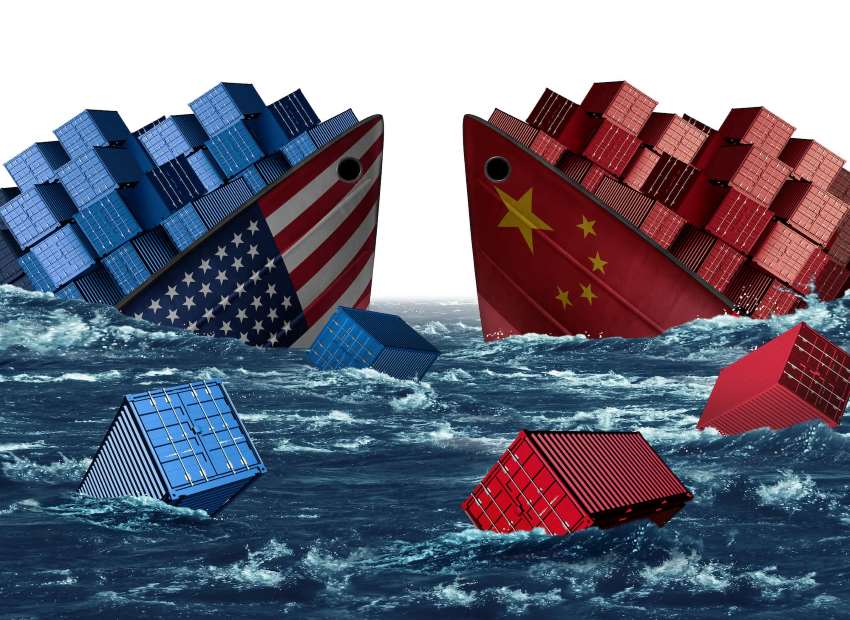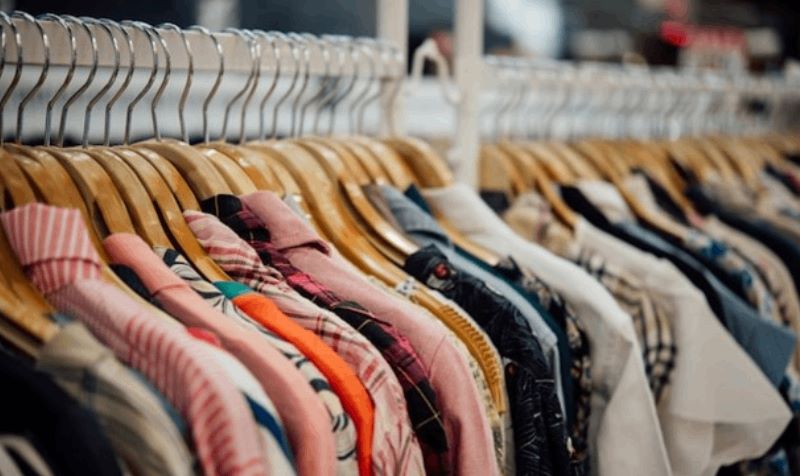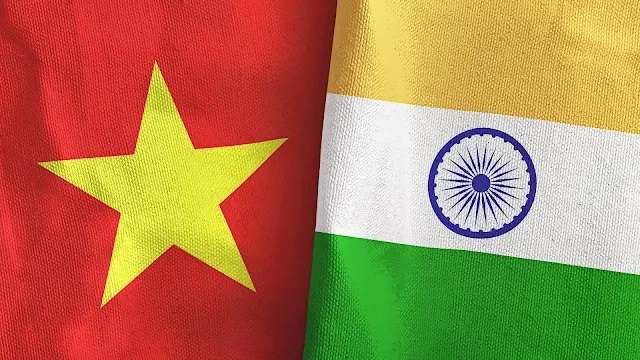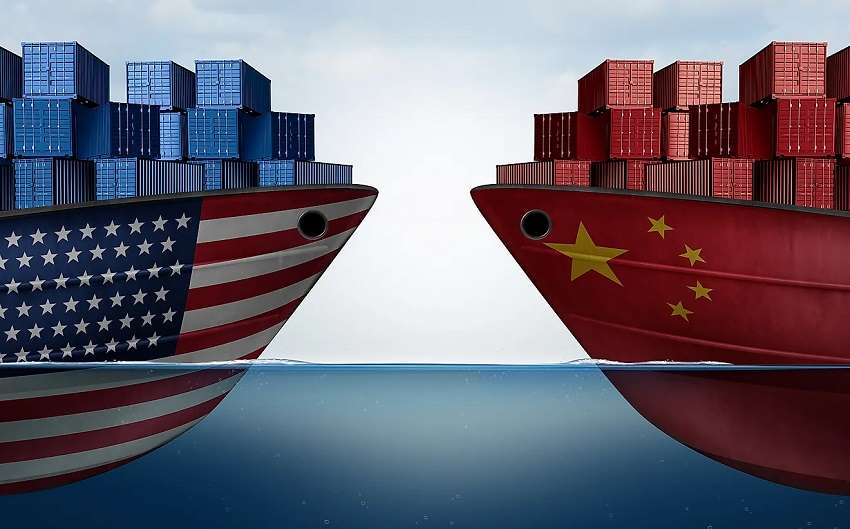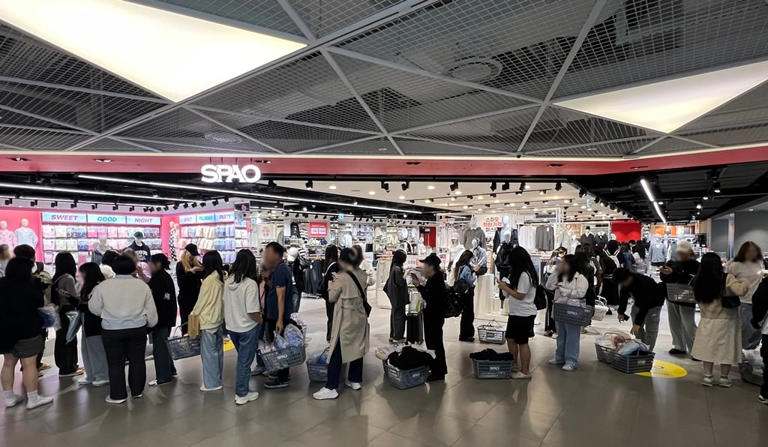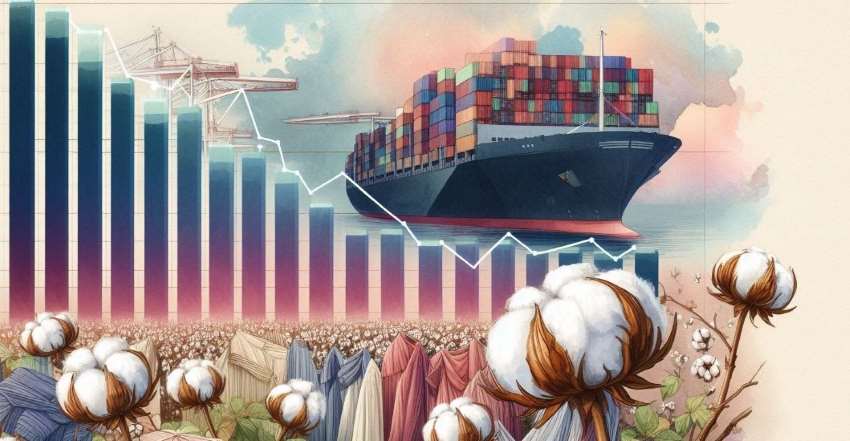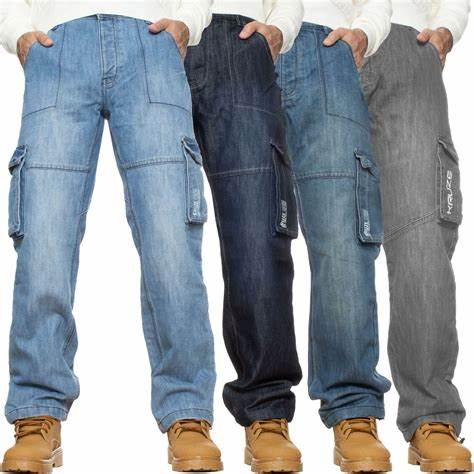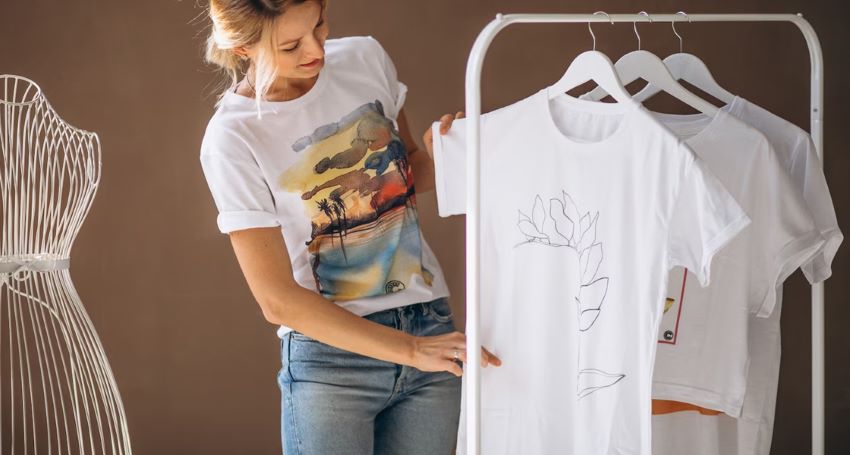"Sri Lanka’s garment exporters have found a niche thanks to their design-to-deliver supply chain. But the industry could be embroiled in myriad challenges from the fast-changing global trade environment. With the US-led Trans-Pacific Partnership (TPP) trade pact - of which Sri Lanka is not a signatory - on the horizon, competition from TPP signatories such as Vietnam could deal a blow to the South Asian nation’s apparel exports. The industry currently employs half a million Sri Lankans and provides 44 per cent of all manufactured goods exported by the country."
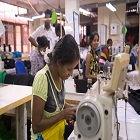
Since 2010, when the European Commission revoked Sri Lanka’s GSP+ status as a penalty for alleged human rights abuses committed at the end of the country’s civil war, the industry has suffered. Even now, heavy investment in a value-added supply chain that enables prompt turnaround has kept the industry going in the face of unfriendly trade treatment.
TPP a challenge for Sri Lanka Sri Lanka’s garment exporters have found a niche thanks to their design-to-deliver supply chain. But the industry could be embroiled in myriad challenges from the fast-changing global trade environment. With the US-led Trans-Pacific Partnership (TPP) trade pact - of which Sri Lanka is not a signatory - on the horizon, competition from TPP signatories such as Vietnam could deal a blow to the South Asian nation’s apparel exports. The industry currently employs half a million Sri Lankans and provides 44 per cent of all manufactured goods exported by the country.
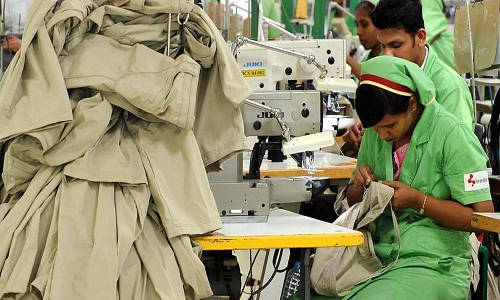
Interestingly, it wouldn’t be the first time the country is up against trade practices that are not in its favor. Since 2010, when the European Commission revoked Sri Lanka ‘s Generalized System of Preferences Plus (GSP+) status, the industry suffered from the loss of preferential tax treatment. Still, heavy investment in a value-added supply chain that enables prompt turnaround has kept the industry going in the face of unfriendly trade treatment.
Design-to-delivery
In Sri Lanka, design-to-delivery time used to be many months till some time back. Now, a chase order for something that’s selling in the US, the country could produce it and ship it across to the stores in 14 days. This is possible as the supply chain is closer to needle point, points out Sharad Amalean, Deputy Chairman, Joint Apparel Association Forum. A design-to-delivery solution means that the design, manufacture and logistics such as delivery are all carried out in Sri Lanka. The country exports about $5 billion worth of apparel a year. Despite this innovation, growth in exports to the European Union -- Sri Lanka’s biggest garment export market -- fell from 13-14 per cent from 2005-2010 to about 7 per cent a year after the GSP+ status was revoked, according to a report by consultancy Oxford Business Group. But Ashroff Omar, Group Chief Executive of Brandix, Sri Lanka’s largest apparel exporter, is hopeful of another about-turn. The exporter shipped $750 million worth of goods to its clients last year.
Omar believes Sri Lanka will regain duty free status by the end of this year, so he is bullish about the European market. Even so, the TPP will deal a blow. Competition with Vietnam, Sri Lanka’s closest garment-making rival, will be particularly stiff. But Sri Lanka may be able to buy some time while hiccups in the TPP’s implementation are ironed out. Sri Lankans believe if it comes, the earliest would be 2018. And there’s a 10-year phase-out period to remove duties on most apparel products.
Banking on the future
Moreover, during this decade-long run-up, costs in Vietnam will likely go up. Omar feels Vietnam does not have unlimited population. However, the trade deal may still impact Sri Lanka’s share of the apparel export pie after all, China grabbed most of Mexico’s share of the global trade when the Multi-Fiber Arrangement, a deal that set quotas on the amount of textiles and clothing developing countries could export to developed countries, expired in 2004. Today, the world’s second-largest economy controls almost 40 per cent of the global $400 billion market.
So, along with expectations Vietnam’s cost base will rise while the TPP is phased in, Sri Lanka’s strategy is to specialize, by focusing on vertically-integrated design-to-delivery solutions not just in the country but also with partners in China and Hong Kong. Exporters like Brandix are also teaming up with industry players in China and Hong Kong to improve overall supply chain management.
Sri Lanka invested in printing, in laundry, in processing - everything the customer needs. Sri Lanka could also reposition itself as a hub for supplier countries in the region, Omar said, noting that neighbors India, Bangladesh and Pakistan were large producers of cotton, yarns and textiles. Sri Lanka’s reputation as a no-sweatshop, ethical garment center was another advantage, Amalean, CEO of MAS Holdings, a garment maker.
High-end brands including Victoria Secrets, Nike, Gap, Marks & Spencer and Ralph Lauren are few who manufacture in Sri Lanka in part due to this reason. While productivity and speed are Sri Lanka’s hallmarks in the current fast fashion landscape, its garment makers are acutely aware that changes are afoot.

